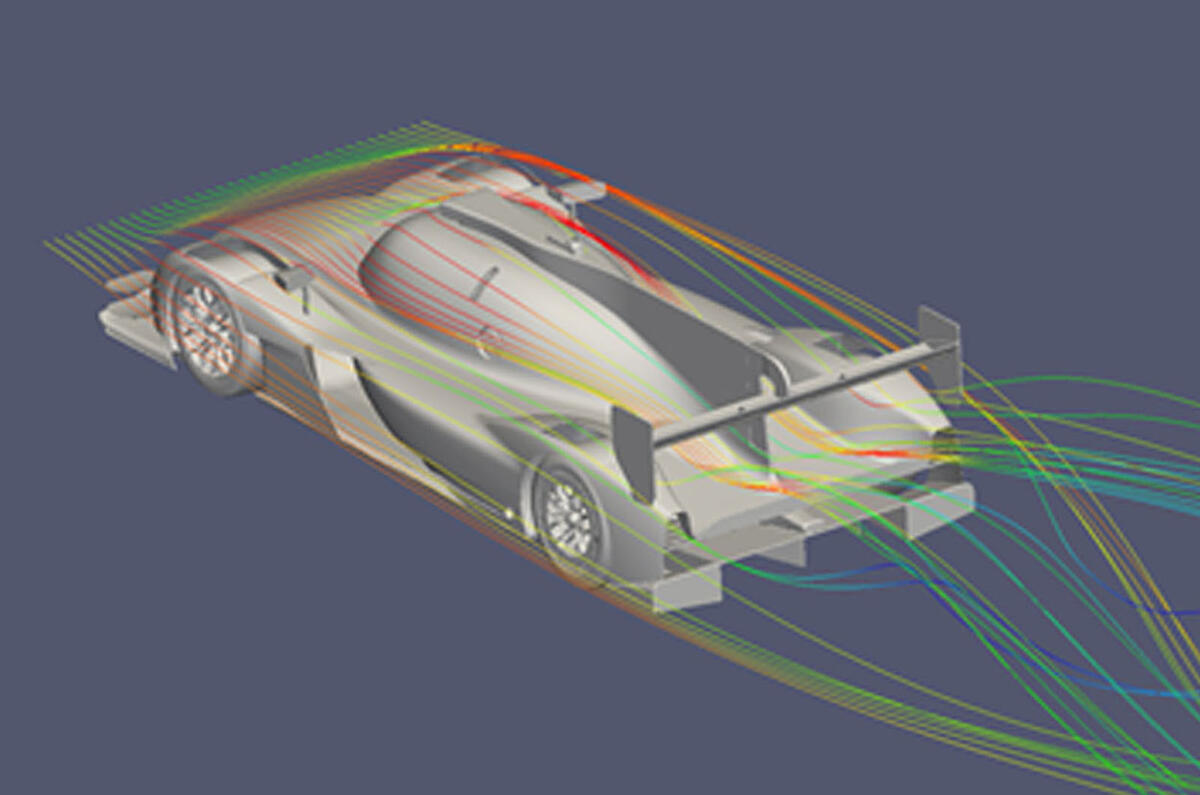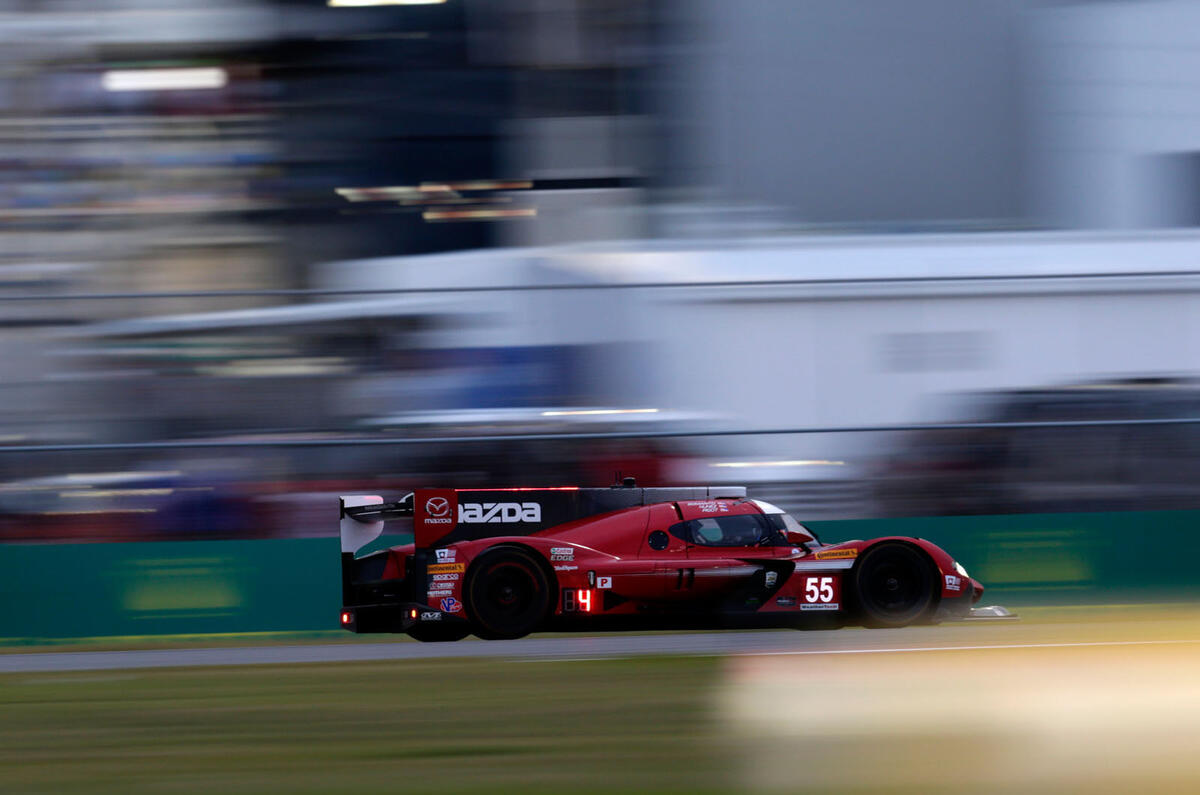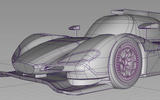For better or worse, aerodynamics have dictated the look of racing cars for decades.
In recent years that’s led to ugly F1 noses, overcomplicated IndyCar wings and square-fronted LMP1s such as the Porsche 919 Hybrid.
As highly efficient as these designs are, they’re enough to leave fans pining for a time when good racing cars still looked great – a Porsche 917 or 956, for example, or the Brabham BT52 F1 car.
In the US, help is at hand from IMSA, which runs the WeatherTech SportsCar Championship that takes in the big endurance races at Daytona, Sebring and elsewhere. IMSA’s new Daytona Prototype international (DPi) cars marry standard LMP2 chassis technology – as can be found in the second-tier prototype category at Le Mans – with restyled bodywork to give the racing machines the same design cues as manufacturer’s road cars. There is also powertrain freedom from the stock Derbyshire-built, 4.2-litre Gibson Technology V8 that’s fitted to regular LMP2s.
Crucially, a thorough Balance of Performance equalisation programme is designed to make good any aerodynamic disadvantages that result from the design changes, paving the way for a good-looking car that’s still capable of winning against LMP2 rivals when the two race each other.
British motorsport expertise played a role here; IMSA’s scalemodel aerodynamic test programme was conducted in a wind tunnel at Williams F1 with Ben Wood, a British aerodynamicist who previously worked for Brawn GP. Mazda’s RT24-P DPi bodywork was co-developed with Multimatic in Huntingdon, Cambridgeshire.
Two of the new Mazdas, which share a chassis with the Riley MkXXX LMP2, were joined on the grid for the Daytona 24 Hours at the end of January by three Cadillac DPi-V.Rs, which are built on Dallara LMP2 chassis.






















































Add your comment